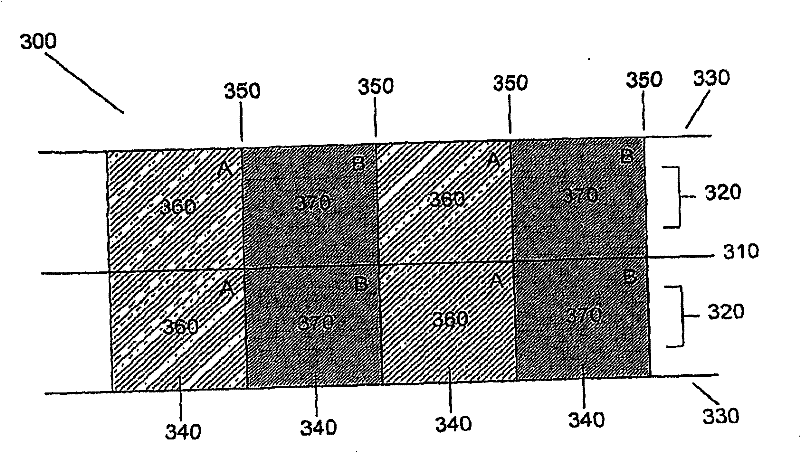Energy delivery systems and uses thereof
An energy transmission and energy technology, which is applied in the field of integrated systems and can solve problems such as limitations of microwave equipment, burns around the insertion area of equipment, and increased incidence of complications.
- Summary
- Abstract
- Description
- Claims
- Application Information
AI Technical Summary
Problems solved by technology
Method used
Image
Examples
example 1
[0167]This example demonstrates the avoidance of undesired tissue heating by circulating a coolant through cooling channels using the energy delivery device of the present invention. The ablation needle shaft used for all experiments was 20.5 cm. Cooling of the handle assembly is minimal, indicating that handle cooling is well isolated. Temperature probes 1, 2 and 3 are located 4, 8 and 12 cm adjacent to the tip of the stainless steel needle (see Figure 9 ). Temperature measurements were taken for the 35% power measurement after insertion of the pig liver, and for the 45% power measurement after insertion of the pig liver. For 35% power measurements, probe 4 is on the handle itself. For the 45% power measurement, probe 4 was located at the needle-skin interface approximately 16 cm from the stainless steel needle tip.
[0168] Such as Figure 10 As shown in , 10 minutes of treatment at 35% power with a featureless high (6.5%) reflected power showed that at probes 1, 2, 3 ...
example 2
[0171] This example demonstrates generator calibration. Generator calibration is done at the factory with Cober-Muegge and set to be very accurate for powers greater than 150W. A magnetron acts very much like a diode: increasing the cathode voltage does not increase the vacuum current (proportional to output power) until a critical threshold is reached, where the vacuum current increases rapidly with voltage. Control of a magnetron source relies on accurate control of the cathode voltage near a critical point. Thus, the generator is not specified for 0-10% power, and below 15% the correlation between output power and theoretical power percentage input is poor.
[0172] To test the generator calibration, vary the power control dial from 0.25% in 1% increments (corresponding to a theoretical output power of 0-75W in 3W increments), record the output power display of the generator, and measure the power output . Adjust the measured power output to account for the measured loss...
example 3
[0175] This example illustrates the setup and testing of an antenna during manufacturing. This provides a method of setup and testing in a manufacturing environment. The method uses a liquid, tissue-equivalent phantom, rather than tissue.
[0176] From numerical and experimental measurements with off antennas, it is known that a change in L2 of ~1mm will increase the reflected power from <-30dB to ~-20-25dB. Changes in tissue properties that occur during ablation may make this increase less pronounced, so we would consider a relative tolerance of 0.5 mm for length L2 to be reasonable. Likewise, a tolerance of 0.5 mm with respect to length L1 is used even though the overall reflection coefficient is less dependent on L1 than L2.
[0177] Testing of antenna tuning for quality control can be achieved using liquid solutions for simulating the dielectric properties of liver, lung or kidney (see, e.g., Guy AW (1971) IEEE Trans. Microw. Theory Tech. 19: 189-217 ; hereby incorporat...
PUM
 Login to View More
Login to View More Abstract
Description
Claims
Application Information
 Login to View More
Login to View More - R&D
- Intellectual Property
- Life Sciences
- Materials
- Tech Scout
- Unparalleled Data Quality
- Higher Quality Content
- 60% Fewer Hallucinations
Browse by: Latest US Patents, China's latest patents, Technical Efficacy Thesaurus, Application Domain, Technology Topic, Popular Technical Reports.
© 2025 PatSnap. All rights reserved.Legal|Privacy policy|Modern Slavery Act Transparency Statement|Sitemap|About US| Contact US: help@patsnap.com



